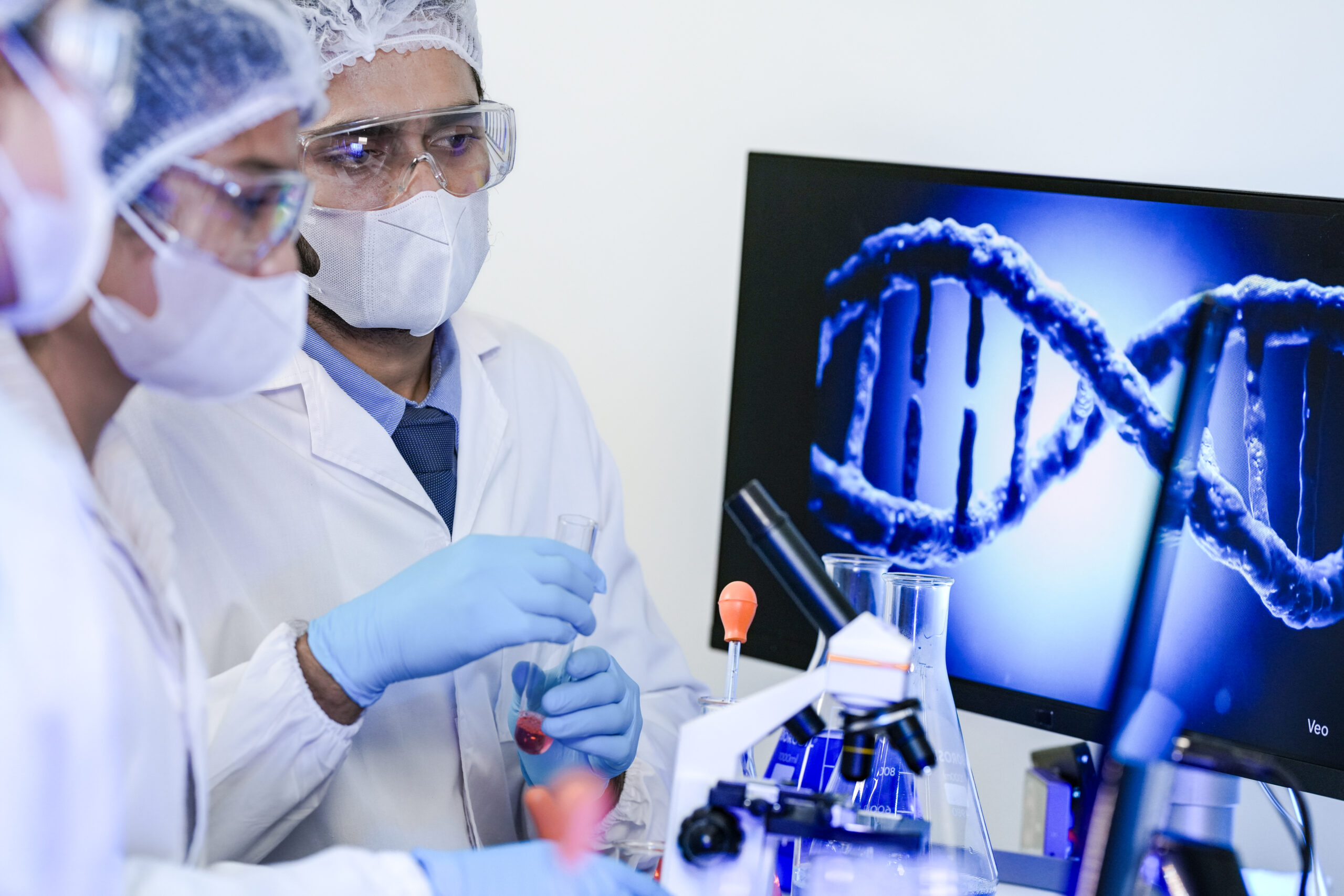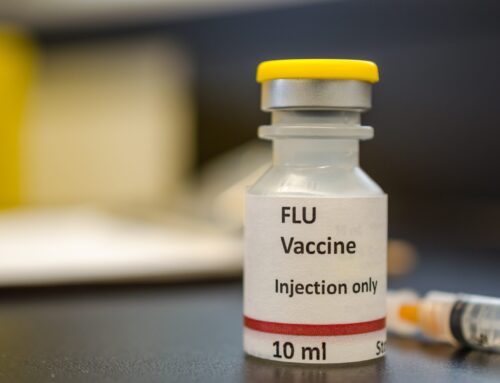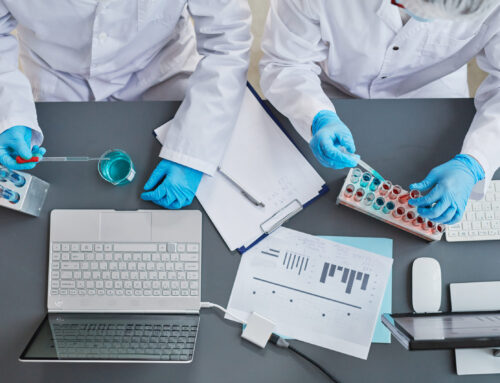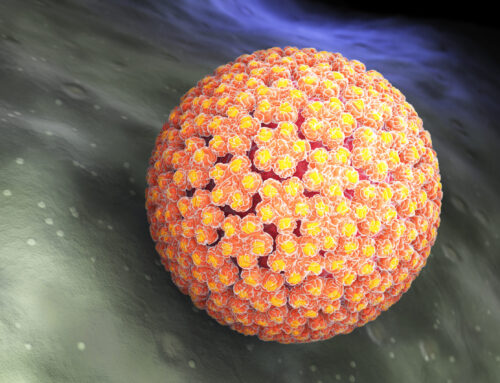Understanding Biomarker Testing in Cancer: What to Expect at Diagnosis
Learn which biomarker tests are performed at the onset of a cancer diagnosis and why they matter. Discover how genetic, protein, and immune markers guide personalized treatment decisions.
Author: Kim Lockheimer, PhD, DFM — Clinical Scientist & Molecular Oncology Specialist
Category: Cancer Education, Precision Oncology
Introduction
When a person first receives a cancer diagnosis, the next steps often include a flurry of imaging scans, biopsies, and lab tests. Among these, biomarker testing stands as one of the most critical components of modern oncology.
These specialized tests analyze the molecular and genetic makeup of a tumor—revealing clues about its origin, aggressiveness, and, most importantly, its vulnerabilities. Biomarker testing helps clinicians tailor therapies to the individual, marking the shift from a “one-size-fits-all” approach to precision medicine.
What Are Cancer Biomarkers?
A biomarker is a measurable indicator of a biological process, condition, or disease. In oncology, biomarkers can reflect:
- The presence of cancer
- The behavior or aggressiveness of the tumor
- The likelihood of response to targeted or immune-based therapies
Biomarkers can include:
- Gene mutations or rearrangements (e.g., EGFR, ALK, BRAF, KRAS)
- Protein expressions (e.g., HER2, PD-L1)
- Epigenetic modifications
- Circulating tumor DNA (ctDNA) or cell-free DNA (cfDNA) in the bloodstream
- Tumor mutational burden (TMB) or microsatellite instability (MSI)
Together, these results form a molecular map that guides both prognosis and personalized treatment options.
Key Biomarker Tests Performed at Diagnosis
1. Immunohistochemistry (IHC): Protein-Level Markers
After a biopsy, pathologists use IHC staining to identify specific proteins that define the tumor’s type and subtype.
Common markers include:
- ER, PR, HER2 — in breast cancer, guide hormonal and targeted therapy decisions
- PD-L1 — predicts response to immunotherapy
- Ki-67 — measures tumor proliferation rate
- CK7, CK20, TTF-1, PAX8 — help determine the tumor’s tissue of origin
IHC provides the first diagnostic clues and is a foundational step before deeper molecular testing.
2. Molecular and Genetic Testing (NGS Panels)
Using next-generation sequencing (NGS) or PCR-based panels, laboratories detect specific genetic mutations or fusions that drive cancer growth.
Notable examples include:
- Lung cancer: EGFR, ALK, ROS1, KRAS, BRAF
- Breast/ovarian cancers: BRCA1/2, PIK3CA
- Colorectal cancer: BRAF, NRAS, MSI status
- Gliomas: IDH1/2, 1p/19q co-deletion
- Pan-tumor: NTRK fusions (rare but targetable across multiple cancer types)
These mutations often correspond to targeted therapies that interrupt specific molecular pathways—offering more effective and less toxic treatment options.
3. Liquid Biopsy and Circulating Tumor DNA (ctDNA)
When tissue biopsy is not possible—or for ongoing disease monitoring—liquid biopsy offers a noninvasive alternative.
Through a simple blood draw, ctDNA testing can detect:
- Tumor-specific mutations
- Minimal residual disease (MRD) after therapy
- Emerging resistance mutations during treatment
FDA-approved assays such as Guardant360, FoundationOne Liquid CDx, and Signatera are increasingly being used at diagnosis and follow-up to personalize patient care in real time.
4. Immune-Related Biomarkers
Immunotherapy has transformed outcomes in many cancers, but it works best in tumors with certain immune signatures.
Key immune biomarkers include:
- PD-L1 expression: Higher levels correlate with better response to checkpoint inhibitors.
- Tumor Mutational Burden (TMB): A high TMB suggests the immune system may recognize the cancer more readily.
- Microsatellite Instability (MSI): MSI-high or mismatch repair–deficient (dMMR) tumors respond well to PD-1 inhibitors.
Testing these markers early helps determine if immunotherapy should be considered as a first-line treatment option.
5. Germline vs. Somatic Testing
It’s vital to distinguish between two main categories of mutations:
- Germline mutations — inherited changes present in all cells (e.g., BRCA1/2, MLH1, APC). These may indicate hereditary cancer syndromes and have implications for family members.
- Somatic mutations — acquired genetic alterations found only in tumor cells. These drive cancer growth and guide therapy selection.
Comprehensive testing often includes both to ensure patients and families receive complete genetic counseling and risk assessment.
Why Early Biomarker Testing Matters
Running a full biomarker panel early in the diagnostic process ensures patients receive the most effective therapy from the start.
For example:
- Lung cancer: EGFR or ALK-positive tumors can begin targeted oral therapy instead of chemotherapy.
- Breast cancer: HER2 positivity qualifies patients for trastuzumab-based treatments.
- Colorectal cancer: MSI-H tumors respond better to immunotherapy than to standard chemotherapy.
Missing these tests can delay or misguide treatment, impacting both survival and quality of life.
Challenges in Biomarker Testing
Despite its promise, biomarker testing faces practical hurdles:
- Limited biopsy tissue may not support multiple tests.
- Variable insurance coverage can restrict access.
- Tumor heterogeneity means one biopsy may not represent the entire tumor’s molecular profile.
- Turnaround time can delay treatment initiation.
To overcome these barriers, many centers are adopting comprehensive genomic profiling (CGP) and liquid biopsy strategies that capture a more complete and dynamic picture of tumor evolution.
The Future: Multi-Omics and AI-Driven Oncology
Cancer biology is complex, and no single biomarker tells the full story. Researchers are now integrating multi-omic data—combining genomics, transcriptomics, proteomics, and metabolomics—to model cancer behavior more precisely.
Artificial intelligence (AI) platforms are also being trained to predict therapeutic response and identify resistance mechanisms, marking a new frontier in data-driven oncology.
Conclusion
Biomarker testing is more than a diagnostic formality—it’s the foundation of personalized cancer treatment. Understanding which tests have been performed, and what their results mean, empowers patients and families to make informed, confident decisions from the very beginning.
As both a clinical scientist and patient advocate, I encourage every individual facing a new diagnosis to ask:
“Has comprehensive biomarker testing been done on this tumor?”
The answer could change the entire treatment path—and ultimately, the outcome.
References
- National Cancer Institute. Biomarker Testing for Cancer Treatment. Updated 2024.
- American Society of Clinical Oncology (ASCO). Molecular Biomarker Testing for the Selection of Targeted Therapies in Cancer.
- U.S. FDA. List of Cleared or Approved Companion Diagnostic Devices. 2025.
- Schilsky RL et al. The Evolving Role of Biomarker Testing in Oncology. JCO Precision Oncology, 2023.
Suggested SEO Tags
#CancerBiomarkers
#PrecisionOncology
#LiquidBiopsy
#MolecularDiagnostics
#CancerAwareness
#PatientAdvocacy
#OncologyResearch






Leave A Comment